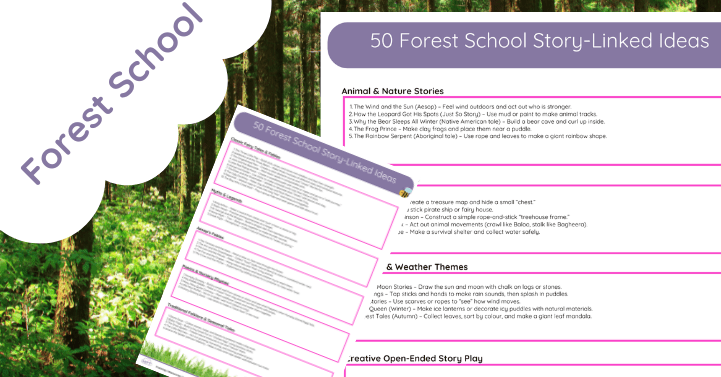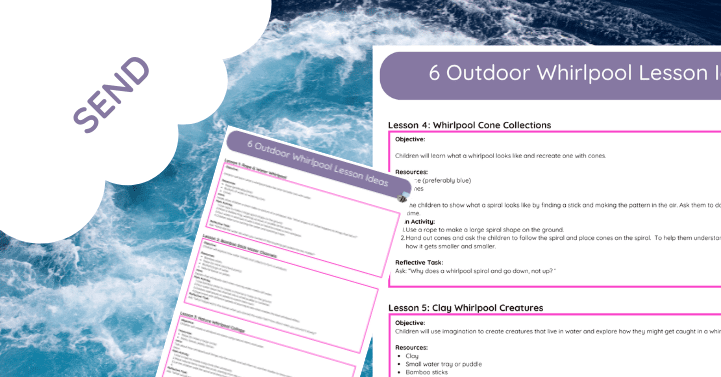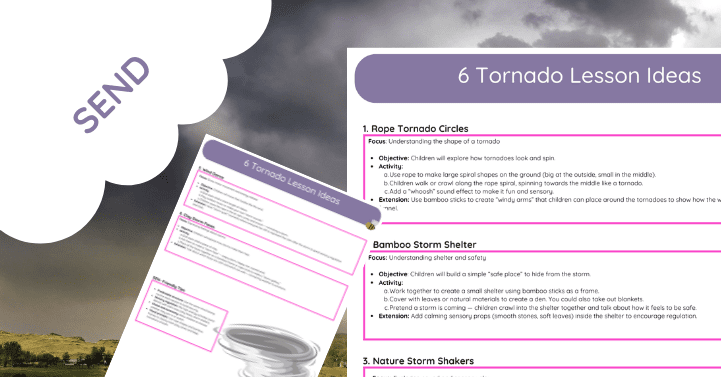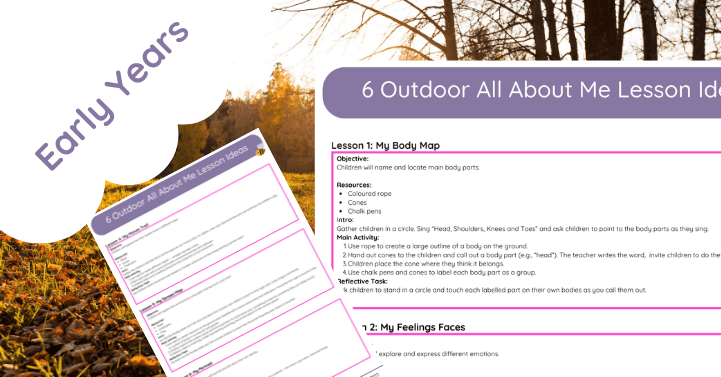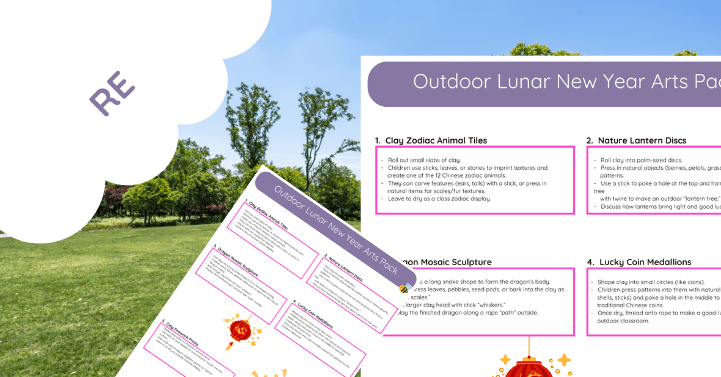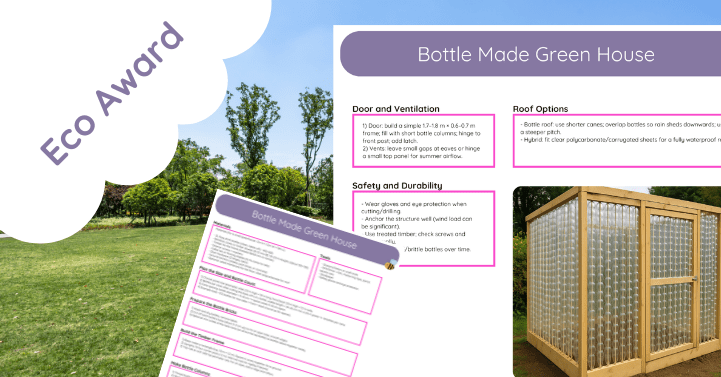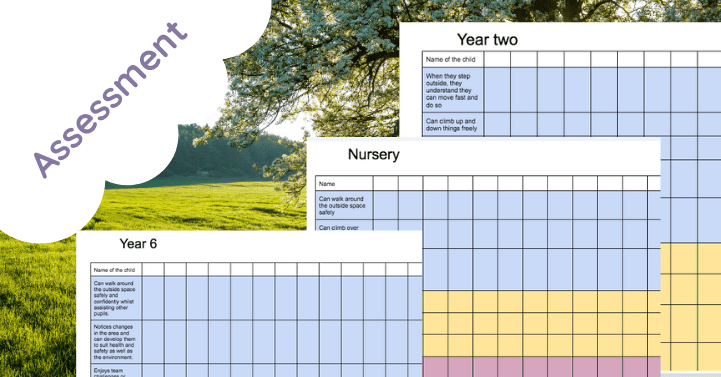Bring learning to life — indoors or out! Our Blank Muddy Lanyard Template is the perfect tool for teachers and TAs to create customised activities such as maths loop cards, phonics games, and quick-fire challenges.
Designed to be perfectly sized for lanyards, these templates make it easy to take learning outside and keep children engaged in active, hands-on play. Whether you’re running a phonics treasure hunt, a number chase, or a quick recall game, these cards keep learning fun, interactive, and on the move!
Why Maths & English Outside Matter for Children Who Are Struggling
In many schools, children who are falling behind in core subjects like Maths or English often find it difficult to re-engage with learning when taught only through traditional classroom methods. For these students, learning can feel repetitive, abstract, or disconnected. One promising approach to re‐ignite learning interest and deepen understanding is to move parts of Maths and English instruction outdoors. Below, we explore why this works, how it helps struggling learners, and what practical steps schools can take to bring outdoor learning into their curriculum.
—
The Benefits of Outdoor Learning for Maths & English
1. Real-world context makes abstract ideas more meaningful
Outdoors offers naturally rich, tangible contexts in which children can see how mathematical and English concepts play out in everyday life. Measuring, comparing, estimating, or mapping in a garden or playground helps learners see that Maths isn’t just numbers on a board—and for English, storytelling, reading, and vocabulary can connect with what children observe, hear, and feel outside. This helps those who struggle to connect with abstract classroom work.
*For example*, the DREME project notes that early math experiences outdoors “help develop children’s math skills -without taking over their outside playtime,” by inviting them to explore things like size, shape, speed, distance in ways that make sense to them. DREME
2. Improved engagement, motivation, and reduced anxiety
Being outdoors can break the monotony of indoor learning, reduce the pressure pupils often feel, and provide space for movement and play. Struggling pupils often carry anxiety around subjects they believe they “should” already know but don’t. Outdoor learning tends to lower stress and increase confidence as students experiment, try things out, make mistakes, and learn visibly in a supportive environment.
A case study from DivA-Portal showed that long-term outdoor mathematics learning helped improve self‐concept, reduce math‐related anxiety, & increase motivation and engagement, especially for those students “experiencing difficulties in mathematics.” View article.
3. Supports multiple learning styles and skills
When learning outdoors, children can engage with materials using multiple senses—touch, sight, and movement. This benefits learners who struggle with purely visual/auditory learning in the classroom. Outdoor environments promote collaborative learning, problem solving, discussion, and physical activity; all of which can reinforce English comprehension, speaking, listening, vocabulary, and in Maths, pattern recognition, measurement, geometry, etc.
4. Boosts attention, well-being, and concentration
Outdoor settings have been shown to help children restore attention, reduce stress, and boost mood, which in turn supports learning. For English, being outside can enrich vocabulary (words connected to nature, environment, texture, sound) and help with storytelling or descriptive writing. For Maths, fresh air, a change of scenery, and physical movement help reset children’s focus and allow a more active, exploratory approach.
The “Playing Outdoors to Improve Reading!” article puts forward evidence that outdoor play and learning improve language skills, including reading, self-regulation, and concentration. Read the Educated by Nature article.
How to Make Outdoor Maths & English Work for Struggling Pupils
- Start small & integrate often: You don’t need to move entire lessons outdoors. Try short activities—e.g. lyric reading, vocabulary walks, estimation games, measuring items around the school grounds—for 10-15 minute bursts.
- Use loose parts and natural resources: sticks, leaves, pebbles, sand, etc. can become tools for counting, patterning, measurement, and sorting. Natural imagery also provides rich descriptive language in English.
- Ensure scaffolding and reflection: Just being outside doesn’t automatically lead to learning. Teachers or TAs should pose guiding questions (“How long is this branch compared to that one?”, “Why do you think these leaves are different sizes?”, “Describe the sounds you hear—how might they inspire a story?”) and let children reflect on what they did and learned.
- Link back to classroom learning: Ensure the outdoor tasks reinforce or extend what students are doing in class so they can see connections. For instance, after an outdoor geometry task, come indoors and draw or write about what they observed, measured or estimated.
- Adapt for SEN & individual needs: For learners with SEN or high needs, outdoor learning can be even more powerful if adapted carefully—shorter tasks, clear step-by-step, frequent feedback, paired working, visual aids outdoors, etc.
- Involve parents and carers: Showing families how these methods work (through open sessions, take-home tasks, photos, etc.) can shift perceptions that “outdoor/playful” is not rigorous. It helps when parents see the academic and emotional gains.



